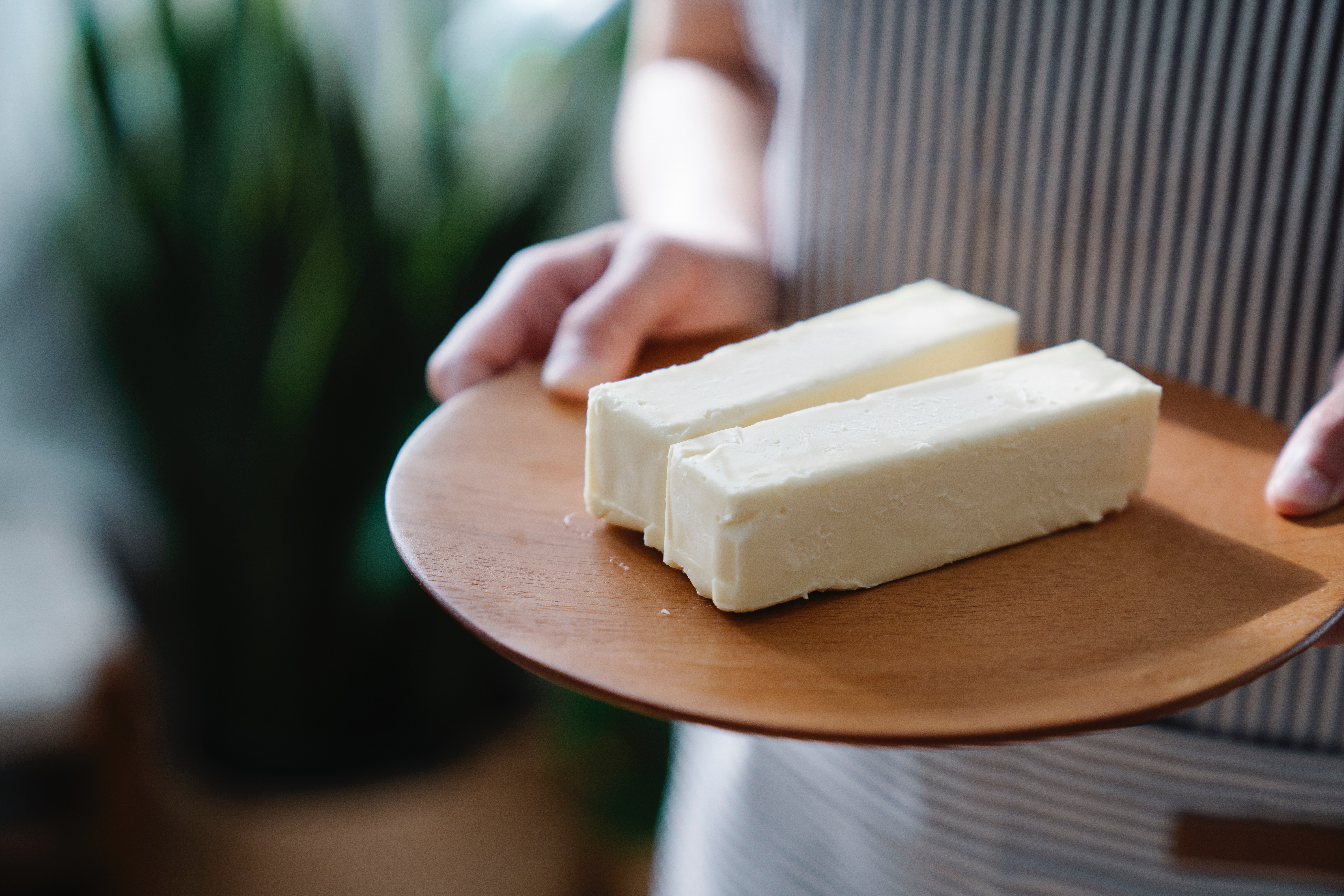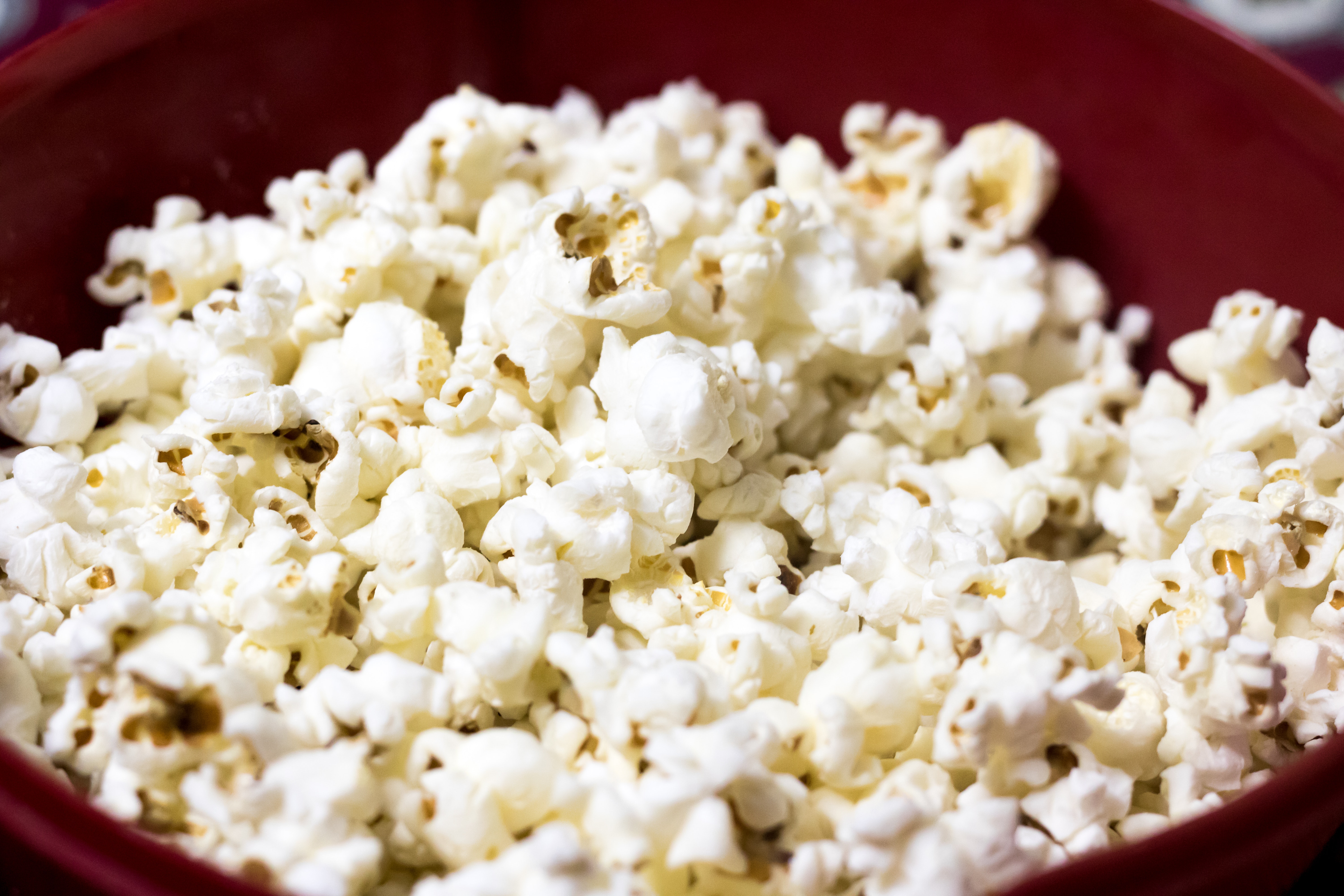How is ghee made?
Have you ever heard of Ghee? If not, you’re certainly not alone.
Despite being around for thousands of years, ghee has only become popular in Western countries more recently. Ghee is essentially a form of clarified butter.
It’s easy to make at home and is thought to have a number of health benefits — but the process of making it is quite different to traditional butter.
So, how can you make ghee at home?
Read on to find out…

What is Ghee?
Ghee comes from India, where it was originally invented as a solution to storing butter in an extremely hot climate.
It’s created by removing all of the water and milk solids from traditional butter. This leaves behind an oil that doesn’t need to be refrigerated, so it’s way more practical for use in India and the Middle East.
It’s been used in Indian cooking for centuries and is a staple food item across the Middle East.
In fact, ghee even features in Hindu mythology — where its origin is attributed to Prajapati, lord of the creatures.
So, that’s the history of ghee. But why has it become so popular in Western countries in recent years?
What are the benefits of Ghee?
Unlike traditional butter, ghee is easier to cook with, suitable for those with a lactose intolerance, and has a much longer shelf life.
Because of its high smoke point, it’s great for frying or other high-heat cooking. While traditional butter burns at a high temperature, ghee is a lot easier to cook with.
It also has a richer flavor compared to other fats and butters. It can be used to give food a delicious nutty taste when used in cooking.
What’s more, ghee is also thought to have a number of health benefits. These include:
It’s a great source of vitamins
Eating ghee will boost your vitamin A, C, D, K and E intake.
All of these vitamins are super important to a balanced diet. In particular, vitamin A helps to keep your skin, eyes, and immune system healthy, while vitamin E offers a whole host of antioxidants.
It can support a healthy heart
Ghee is also rich in omega-3 acids.
These can help to lower your cholesterol levels — which in turn helps to lower your risk of heart disease!
It can soothe inflammation
Ghee also contains butyrate.
This fatty acid can help to soothe inflammation in the body, and may even improve your digestive health!
How to make Ghee at home?
There are a few different ways to prepare ghee at home. Here are five of the most common methods:
Using raw milk
In this method, sour raw milk is first churned into butter.
Next, the butter is boiled in an open pan until all of the water has evaporated. The remaining oil is ghee, which can then be transferred out of the pan and stored in a jar.
Using fresh cream
Another way to make ghee is by using fresh cream.
In this method, fresh, cultured, or washed cream is converted into ghee, without any other steps in the process.
This requires heating the cream on the stove for a long time, until it has directly transformed into ghee.
This is a great way to make ghee with a lovely caramelized flavor.
Churning cream into butter
In this method, milk is first separated into cream.
Next, the cream needs to be churned into butter. This butter is then heated until all of the water has evaporated. The milk solids are removed, and the remaining product is ghee!
Draining out buttermilk
If you have large amounts of butter that you’d like to turn into ghee, this method is a great option.
First, the butter is melted at around 176–185 °F for half an hour. Then, the layers of fat, protein particles, and buttermilk are induced, before the buttermilk is drained out.
The layers of fat that are left behind are heated to around 230 °F. This helps to get rid of any remaining moisture and gives the ghee its distinctive, rich flavor.
Boiling raw milk
This one’s a slightly more complicated method — but makes ghee that’s really delicious!
Raw milk is first boiled, and then left to cool to around 109 °F. It then needs to be covered and left at room temperature for 12 hours.
After that, some yogurt is added. It then needs to be left again — but overnight this time!
In the morning, the mixture needs to be churned with water to create butter, and then to obtain cultured butter. This is then simmered to remove all moisture until you’re left with ghee.
Storing Ghee
Storing ghee is a lot easier than storing traditional butter.
If ghee is kept in a sealed jar, it can last for as long as 9 months — and doesn’t even necessarily need to be refrigerated!
Once the jar has been opened, ghee can still last for 3 months in a cool, dark place. And if you pop the opened jar in a refrigerator, it will keep for up to one whole year!
The fact that ghee doesn’t need to be kept in refrigerated conditions - and has a seriously long shelf life - makes it far easier to store than traditional butter.
Using Ghee
There are so many ways you can use ghee at home - and not just in cooking!
Indian recipes are a great place to start though, as ghee is a staple ingredient in Indian cooking.
Here are just a few ways you can use ghee at home — but the options really are endless!
In a butter chicken curry
Using ghee instead of butter in a traditional chicken curry is a great way to make this delicious Indian dish even yummier.
Ghee’s rich, nutty flavor can really add to the depth of flavor in this recipe — not to mention that it’s far easier to cook with than traditional butter.
As a topping on popcorn!
Imagine the scene: you’ve purchased a big box of popcorn from your local supermarket and have just thrown it in the microwave for your movie night.
So, what better way to make popcorn even more delicious than drizzling melted ghee over it?
Ghee is so simple to make and store — meaning it’s easy to always have some on hand for your Saturday night movie snacks!

In mashed potatoes
There’s a really easy way to give your store-bought mashed potatoes more flavor: just use ghee!
Adding ghee to mashed potatoes is a great way to make them creamier and give them a deeper flavor.
In hot chocolate
Adding a spoon of ghee to your hot chocolate will make your drink feel even more indulgent.
It’ll make it super creamy — and is a far healthier option to adding in actual cream!
On your favorite baked products
Whether it’s bread, muffins or crackers, spreading ghee onto the top of baked products is a great alternative to traditional butter.
It’s a great way to make them taste rich and creamy — and just think of all the vitamins you’ll be getting too!
Do you love foods that are good for the Earth and good for you?
Here at Buffalo Market, we specialize in distributing mission-driven food and beverage brands to retailers around the country.
If you’d like to find out more about the work we do, visit our website today.

